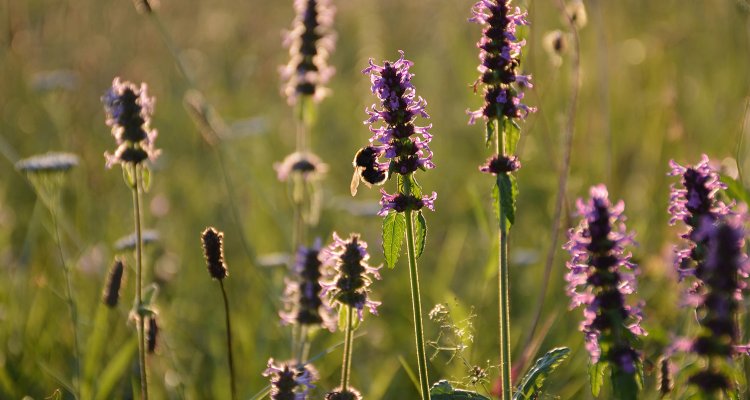
News
Nitrogen deposition also reduces biodiversity on a larger scale
It has long been known that nitrogen deposition, where nitrogen is released from the atmosphere into soil or water, can lead to biodiversity loss on a small scale. New research shows that this effect can also be seen in larger areas of several kilometres. The study is based on data from eight European countries, including the Netherlands.
Nitrogen in itself is not a problem. In fact, plants need nitrogen to grow. But the deposition of so-called reactive nitrogen compounds, such as nitrogen oxides (NOx) and ammonia NH3), in excess can be harmful to nature and lead to the loss of plant species in a given area.
Same effects as small scale
Current directives on nitrogen are aimed at protecting biodiversity. These directives are often based on research in very small areas, of only a few square metres. According to lead researcher Fons van der Plas, much less is known about the effects of nitrogen at larger scales: ‘We do not know for sure whether the same effect can also be seen at larger scales of a few hectares or even larger, while this could have implications for policy.’
The new research shows that the negative effects of nitrogen deposition can indeed also be seen in areas of a few hectares to hundreds of square kilometres. Van der Plas: ‘At high nitrogen levels, we see that consistently the same plant species disappear in multiple areas, such as blue knot and betony. These species, which are characteristic of heathland grasslands, are in sharp decline in the Netherlands and are even on the red list of endangered species.’
Nitrogen guidelines
With this study, the researchers confirm what they hypothesized, that the same rules apply on a larger scale as for small areas. They say this underlines the importance of effective nitrogen directives and policies to preserve biodiversity in natural areas. The study offers new insights that can contribute to the national debate in The Netherlands on nitrogen and biodiversity.